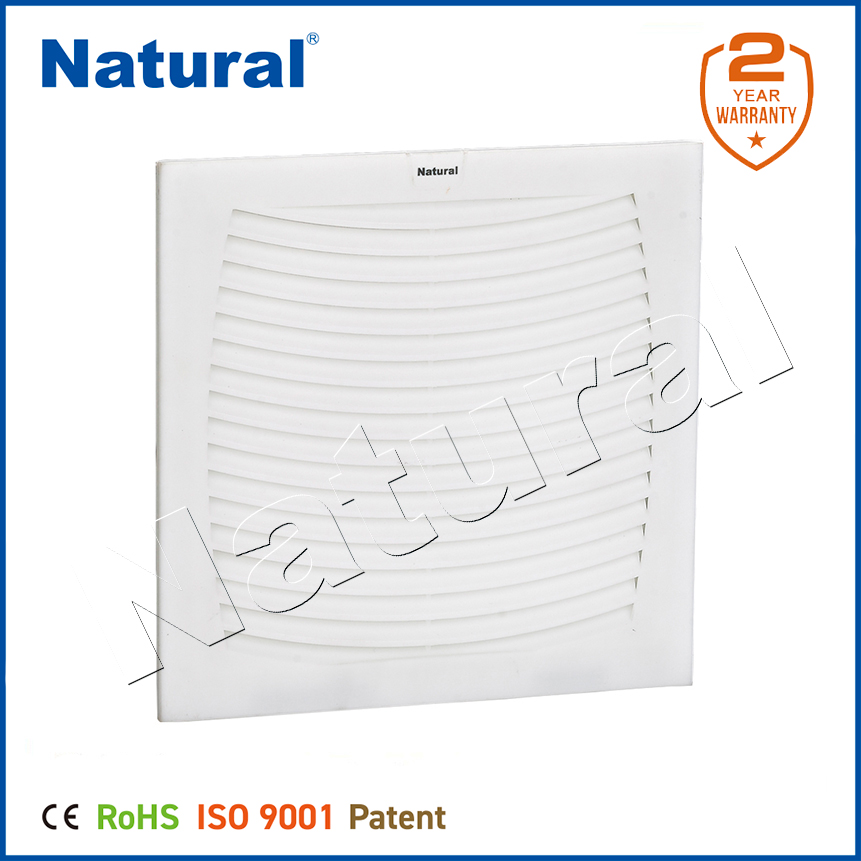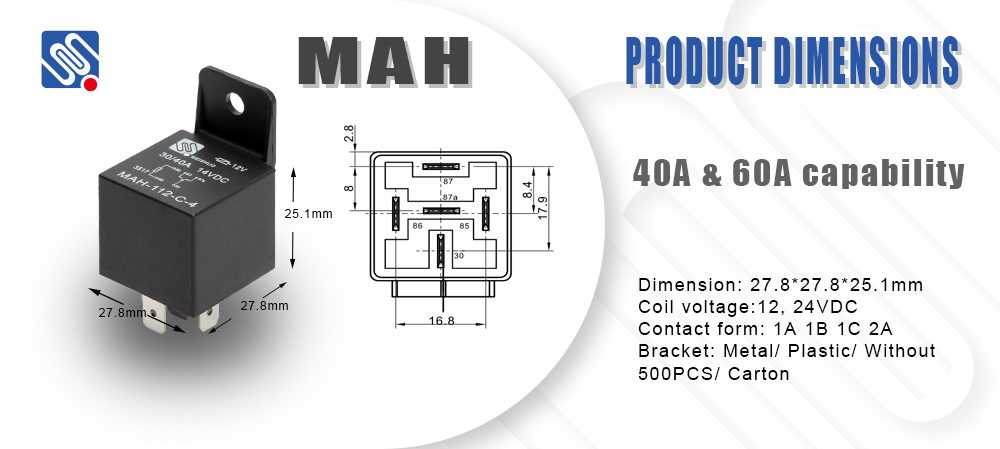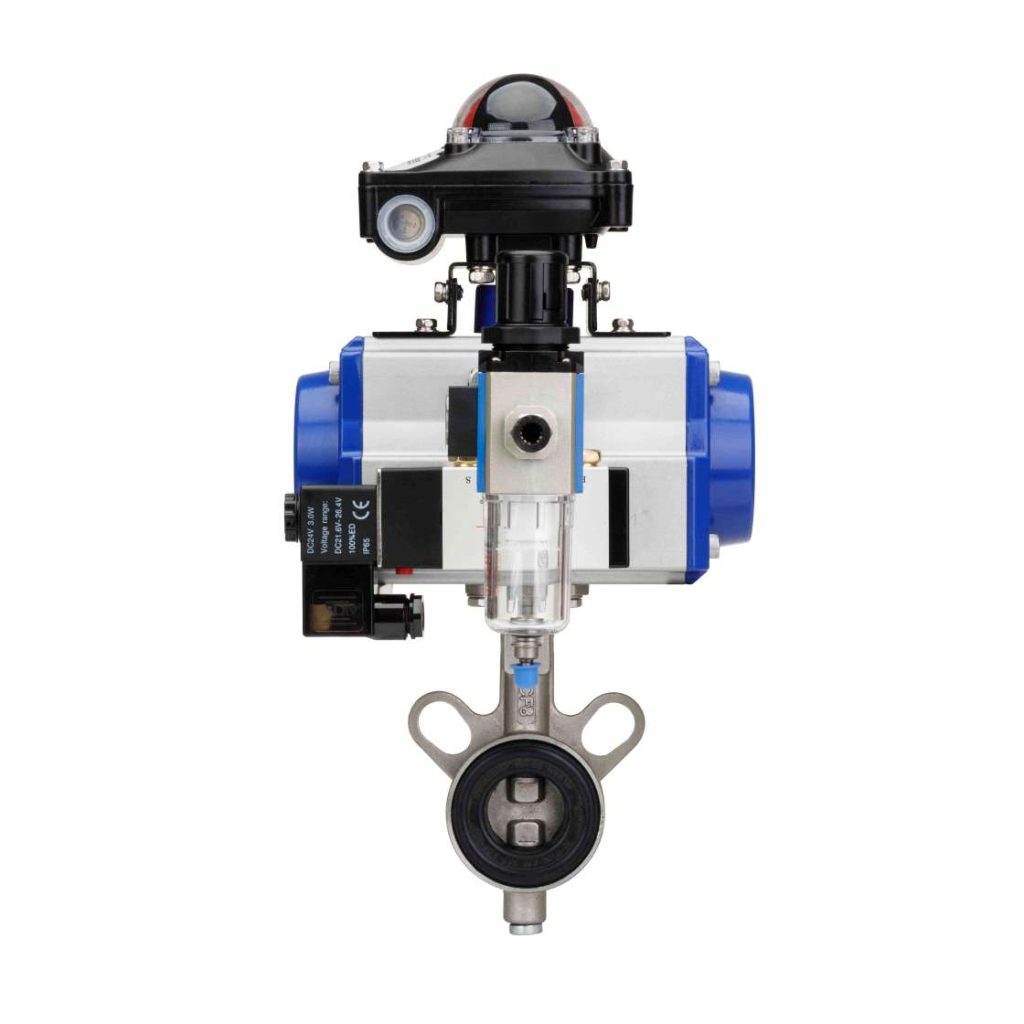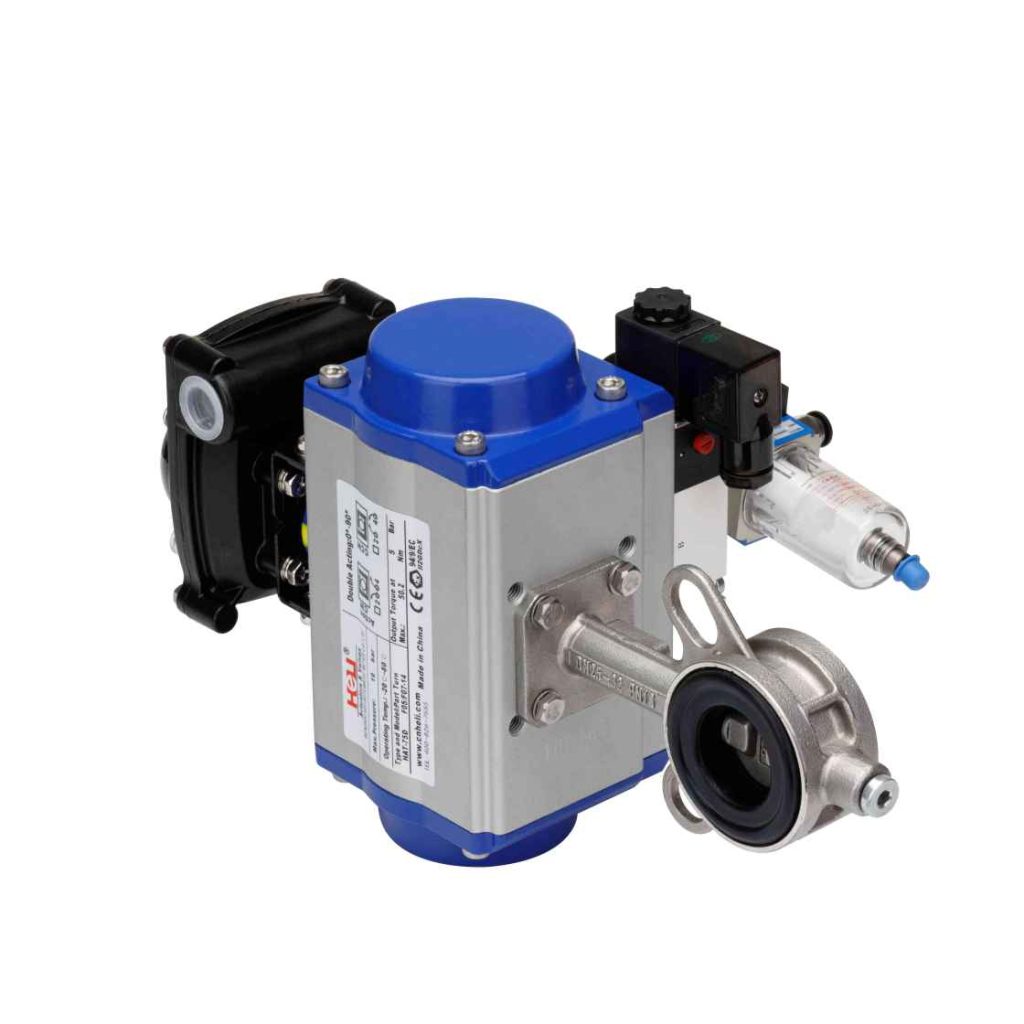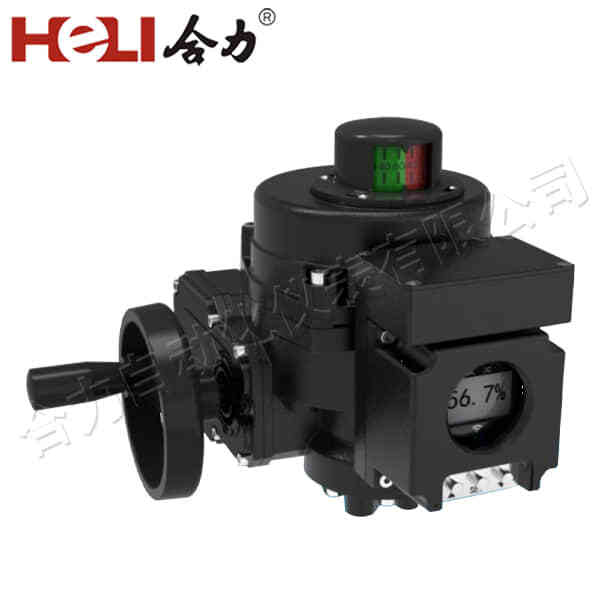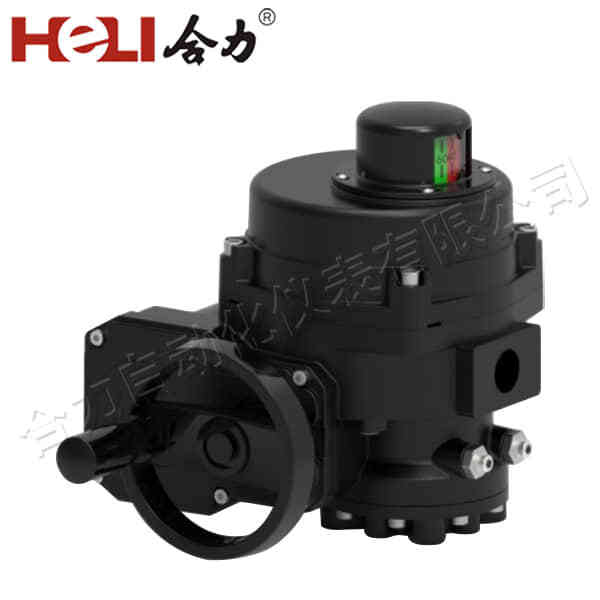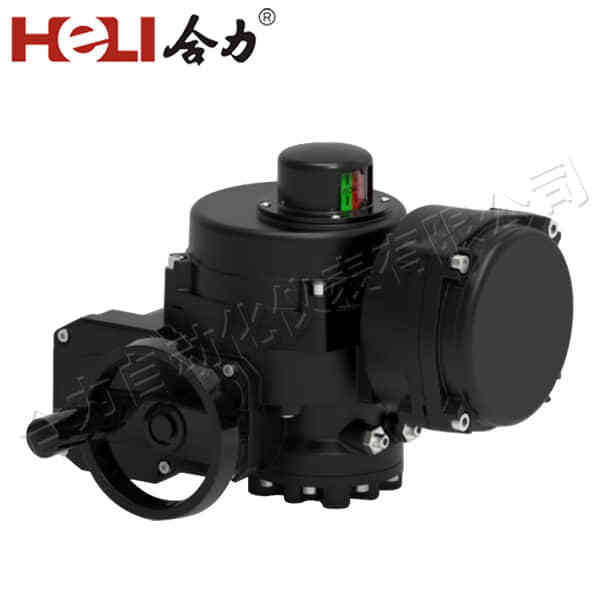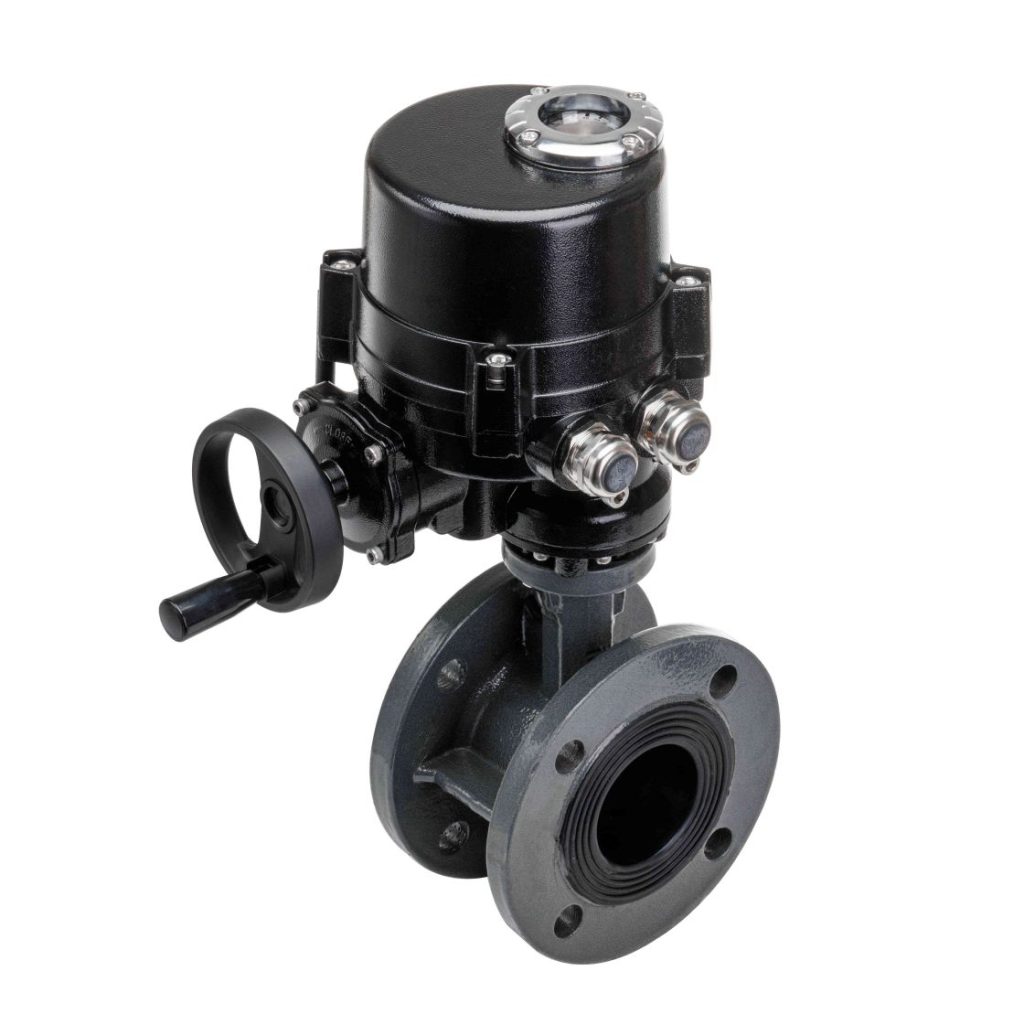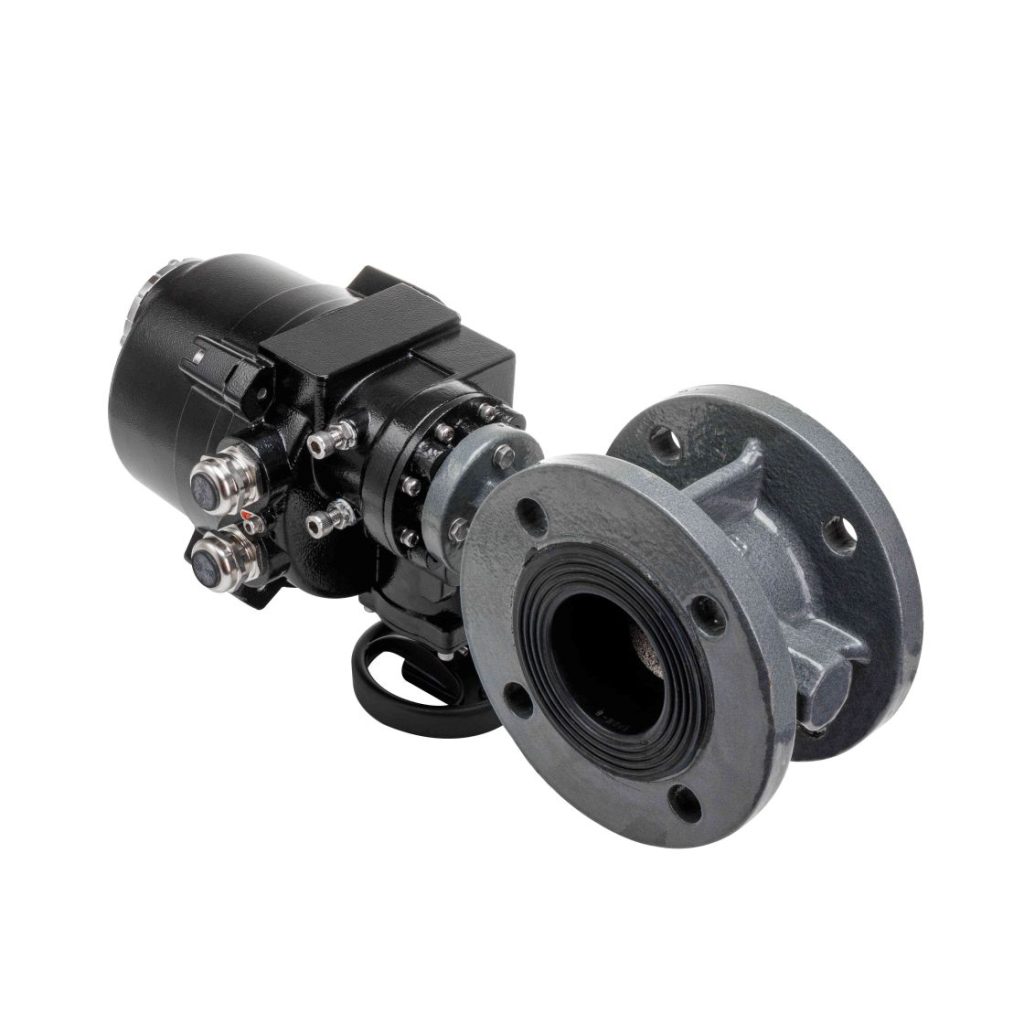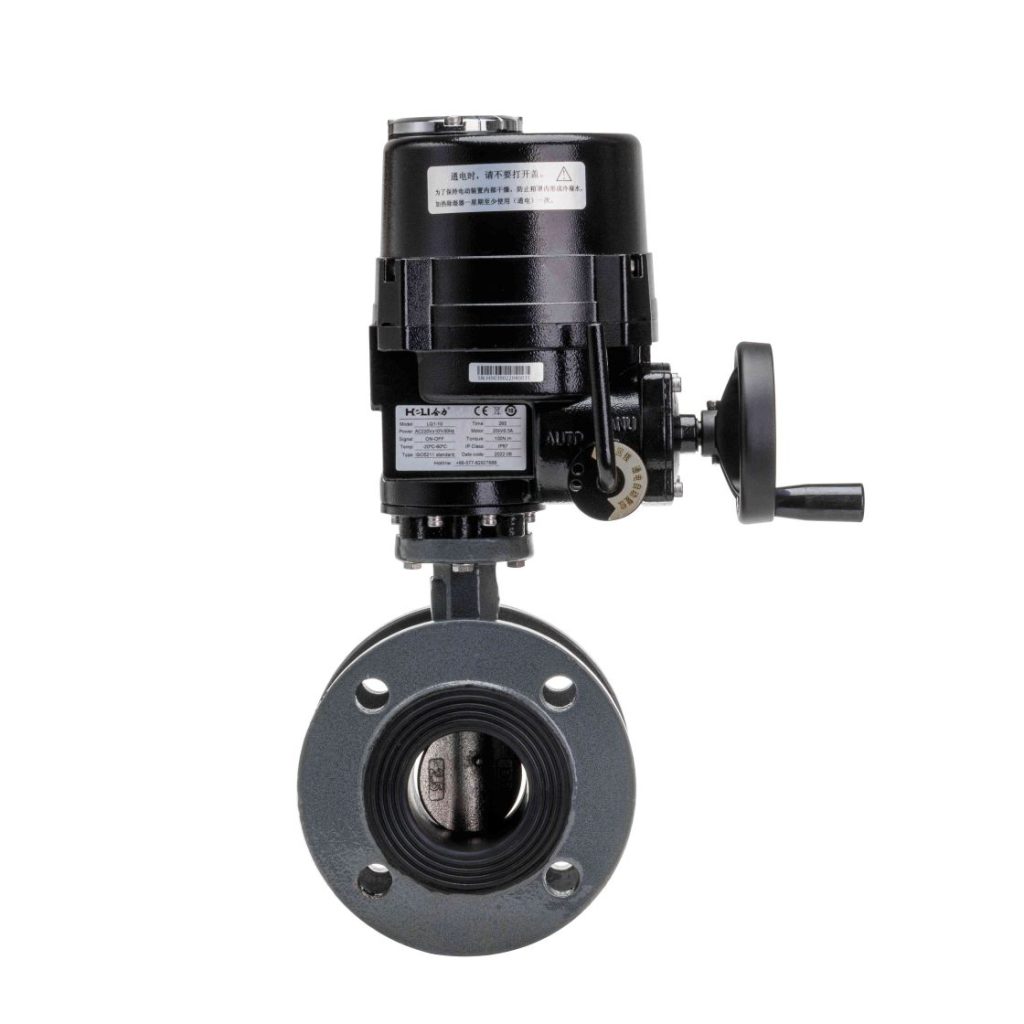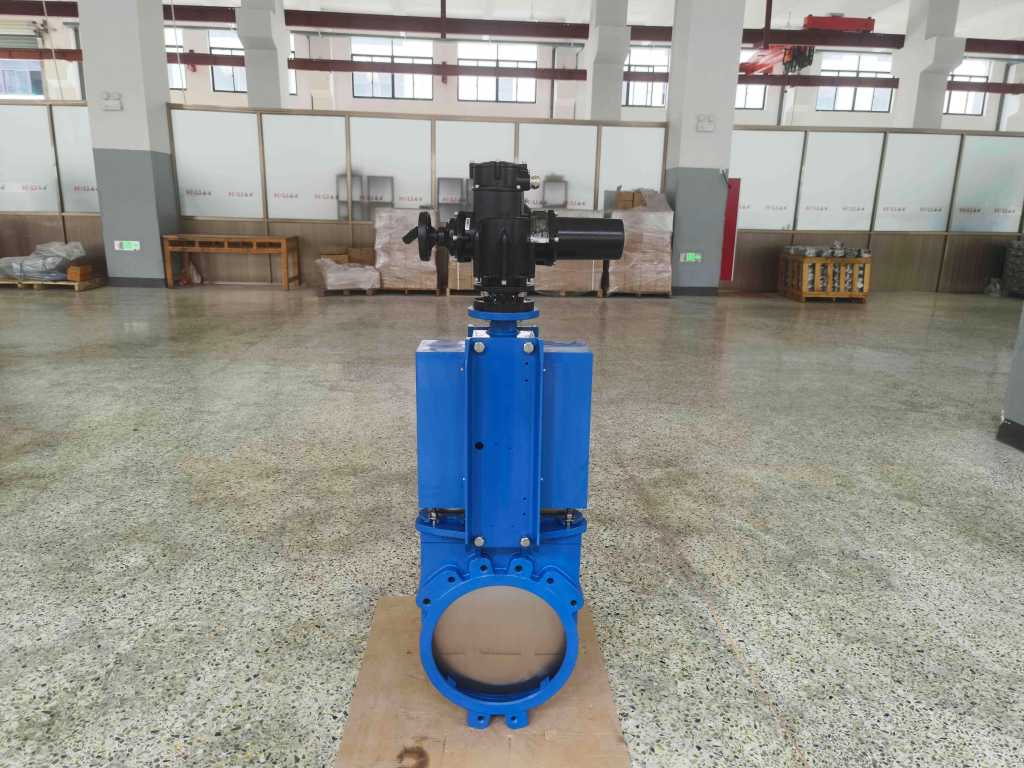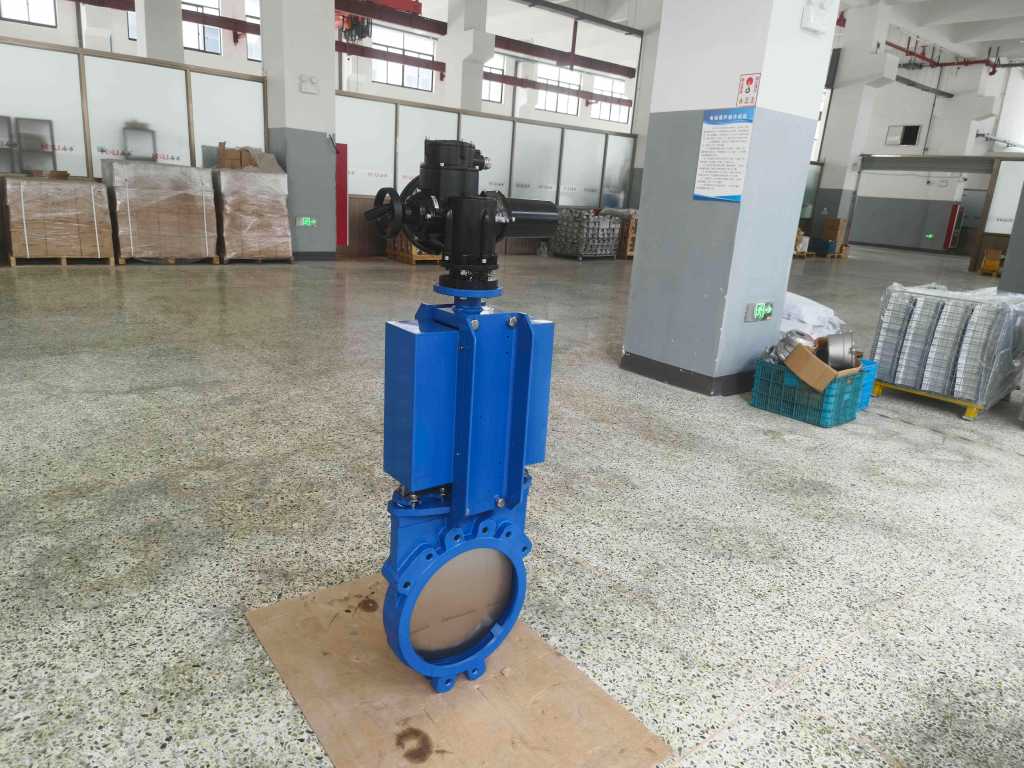Electric fans are a staple in homes and offices, providing much-needed air circulation during hot weather or in poorly ventilated spaces. However, while they are great at moving air, they do little to improve the quality of the air being circulated. This is where an electric fan filter comes into play. An electric fan filter is a device that can be attached to an electric fan to help purify the air and remove unwanted particles such as dust, pollen, and smoke. This article explores the significance of electric fan filters, their benefits, and how they contribute to better indoor air quality.
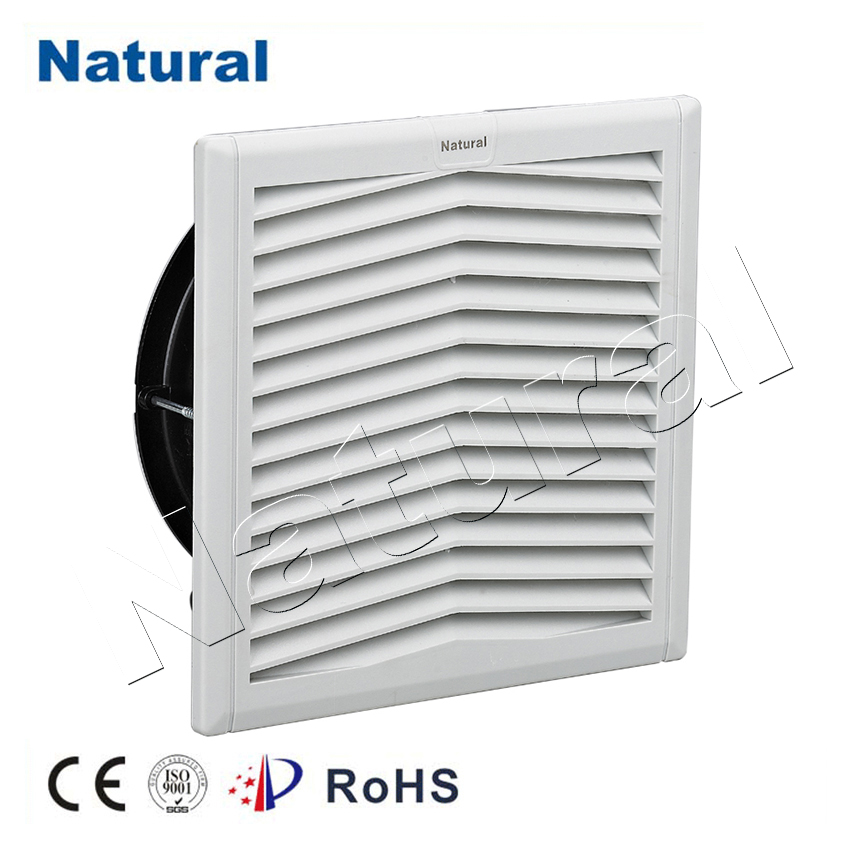
What is an Electric Fan Filter?
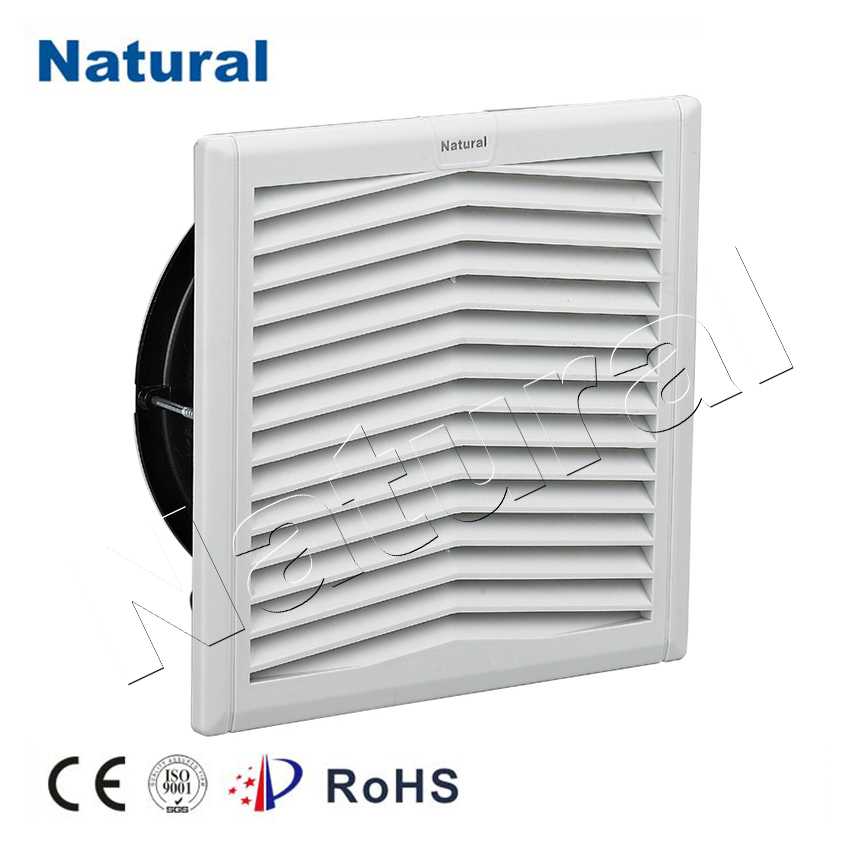
An electric fan filter is typically a removable or attachable component designed to work with electric fans. It usually consists of a mesh or filter media that traps airborne contaminants as air passes through it. Depending on the model, the filter may include layers of activated carbon, HEPA (High-Efficiency Particulate Air) filtration, or other advanced materials. When the fan is operating, the filtered air is circulated throughout the room, creating a cleaner and more breathable environment. While traditional air purifiers and HVAC systems are designed specifically for air filtration, electric fan filters offer a more versatile and affordable solution. They are easy to install and can often be found at a fraction of the cost of full air purifiers.
